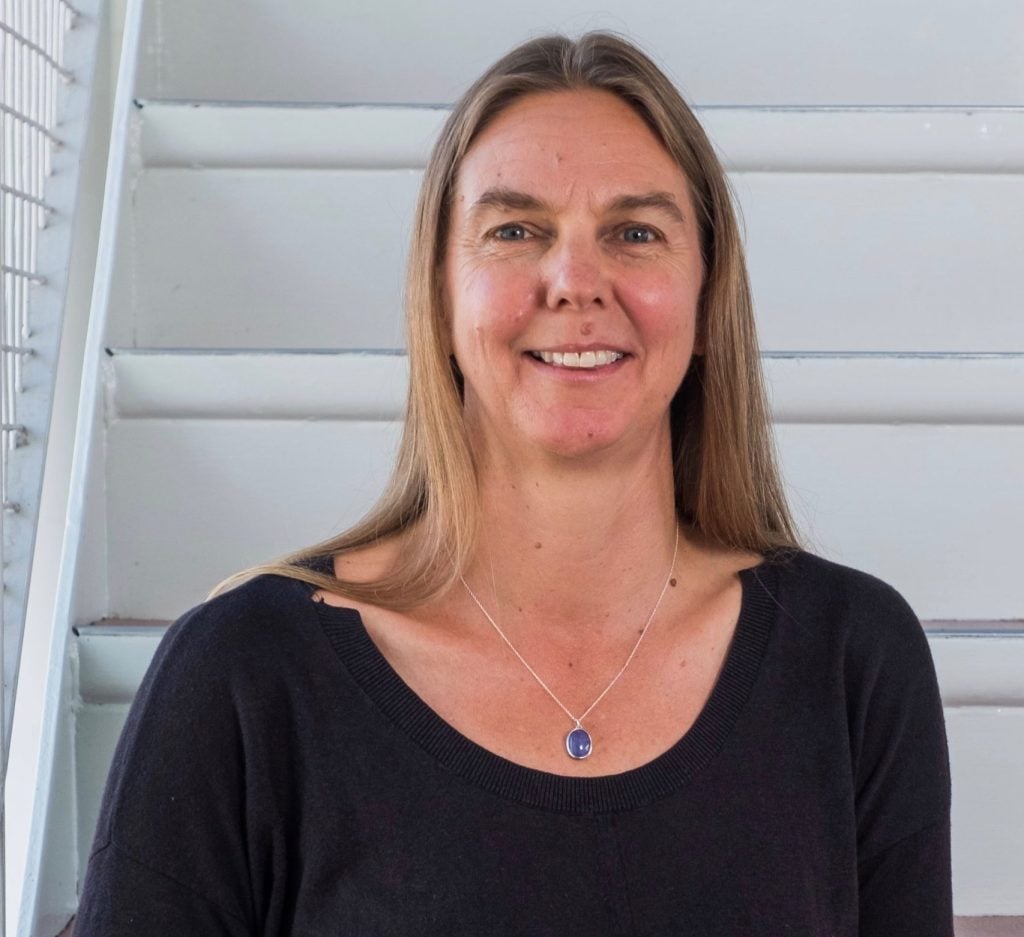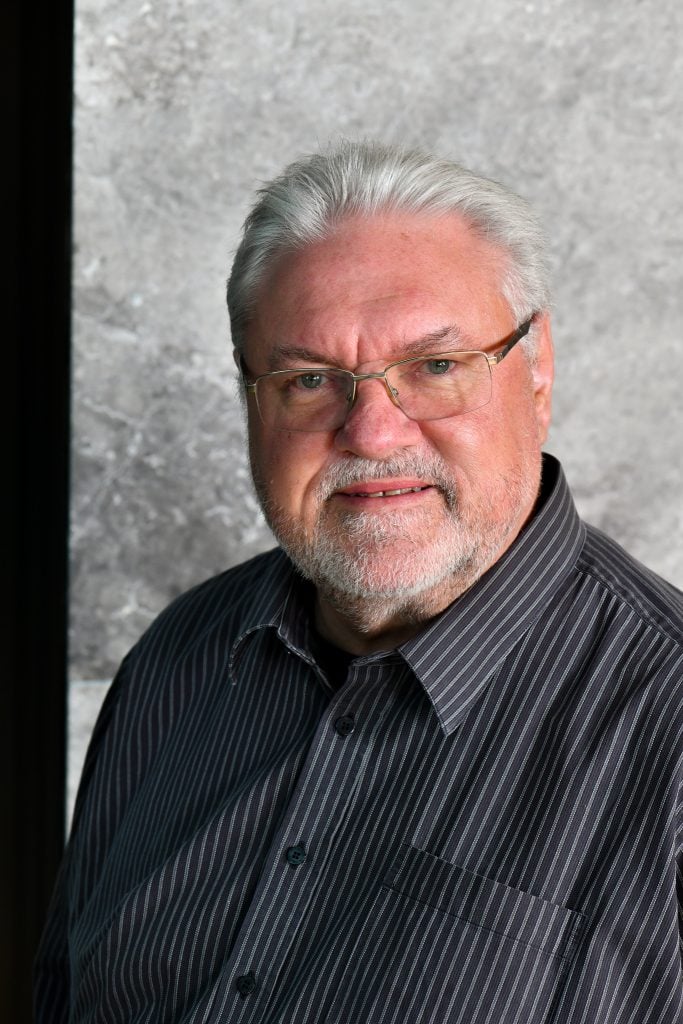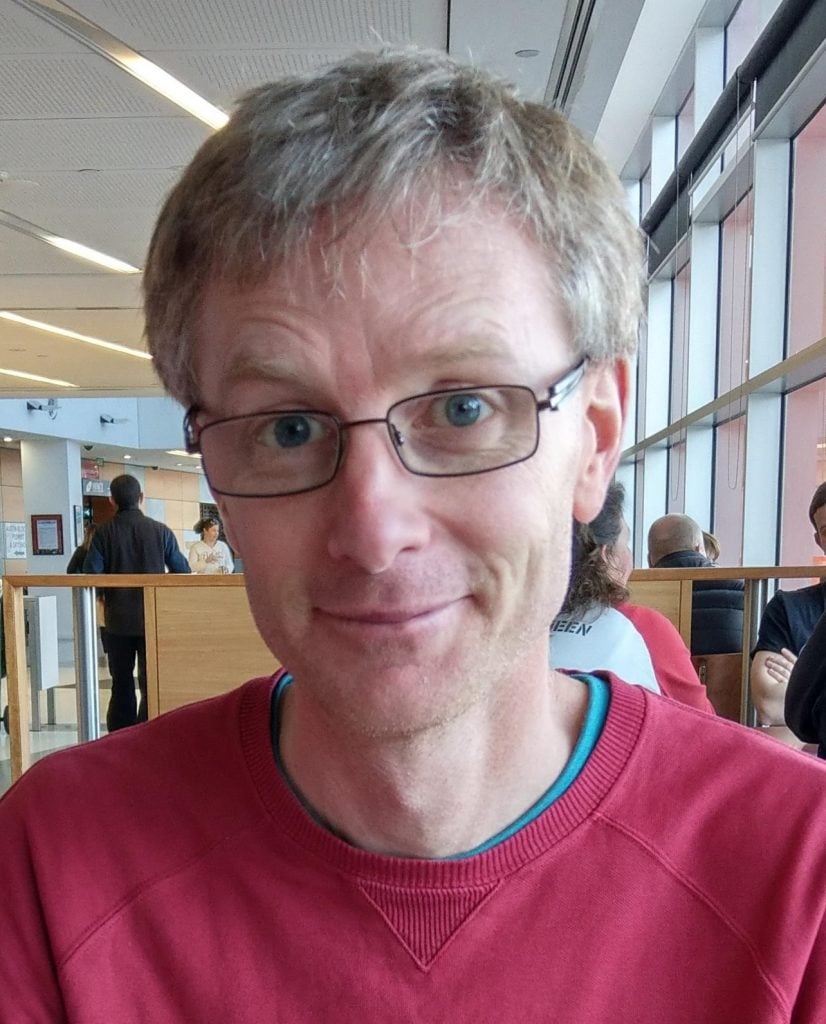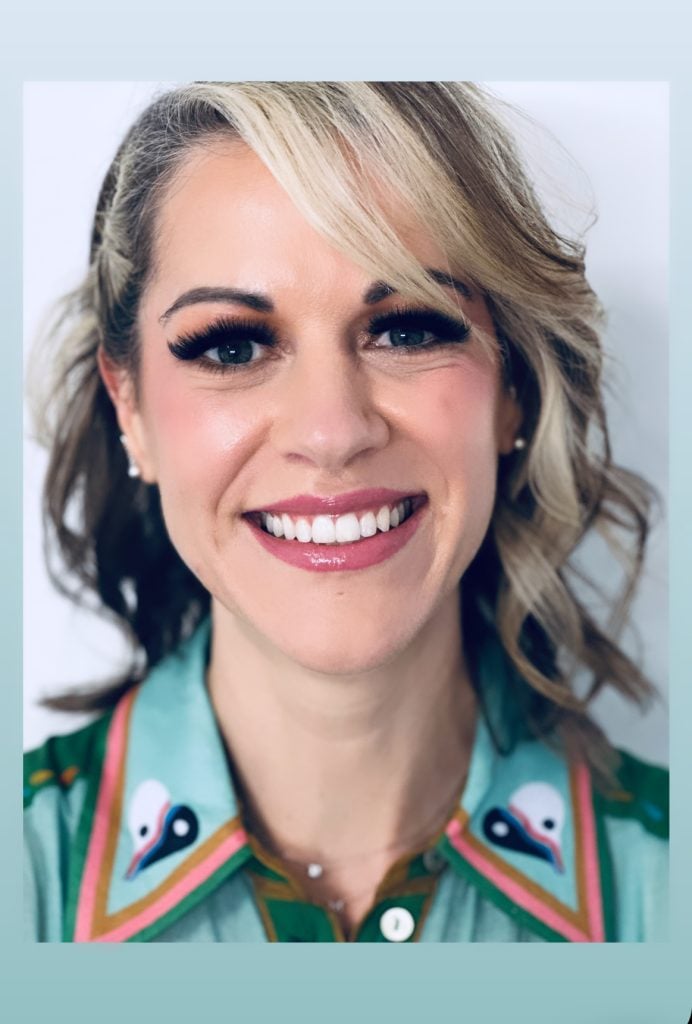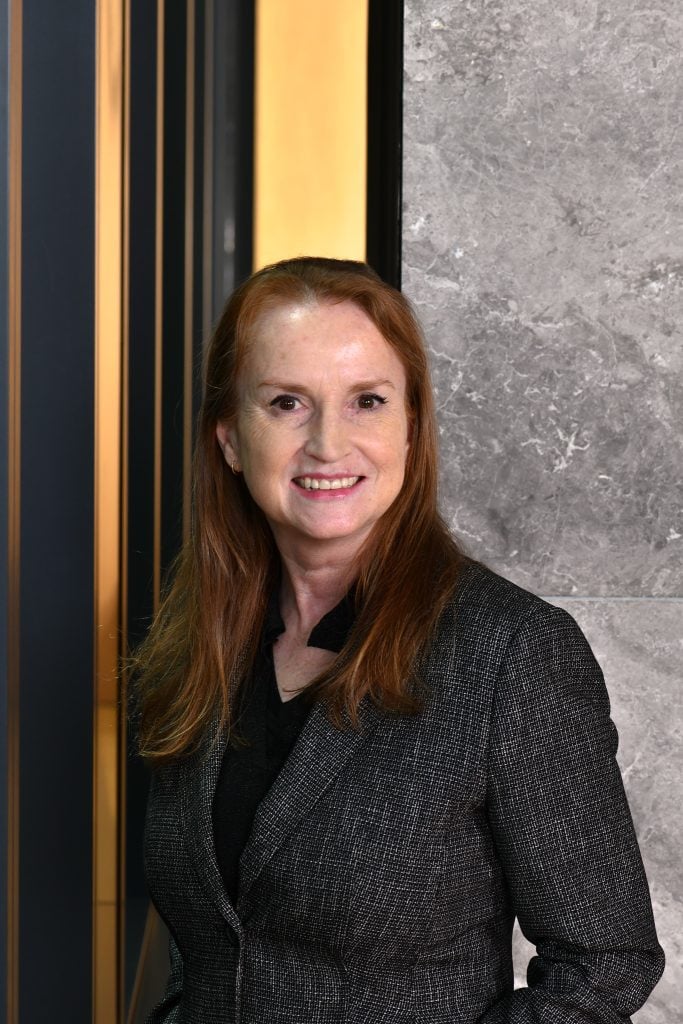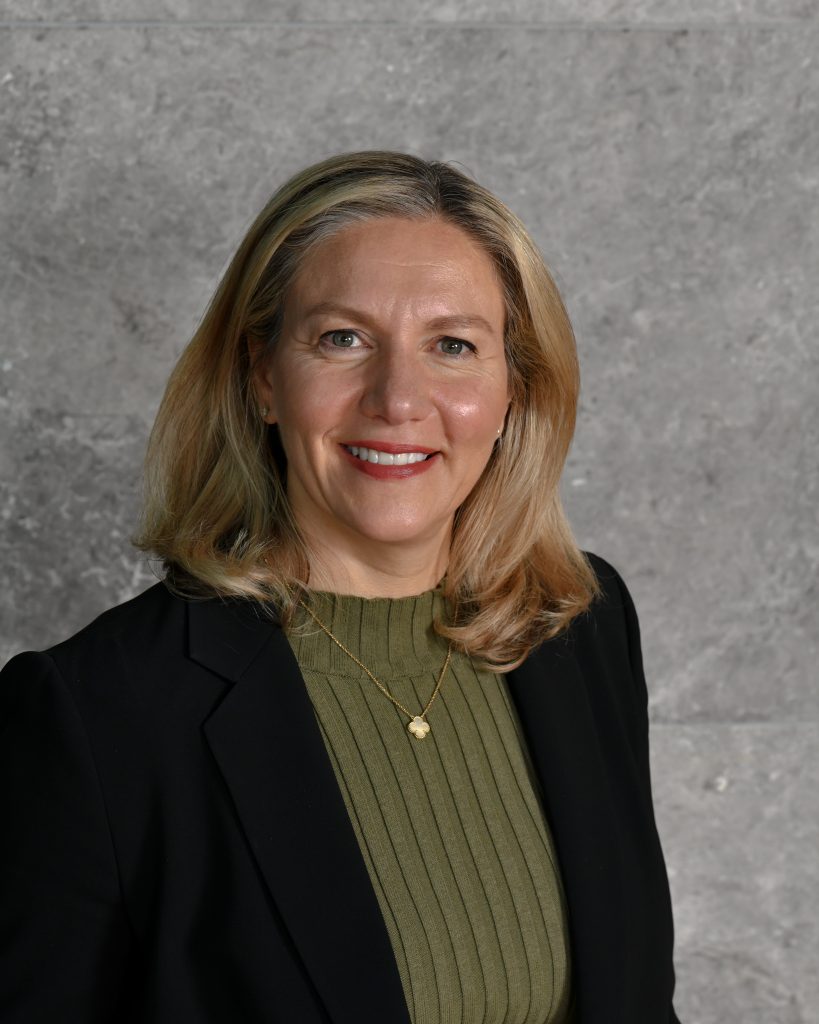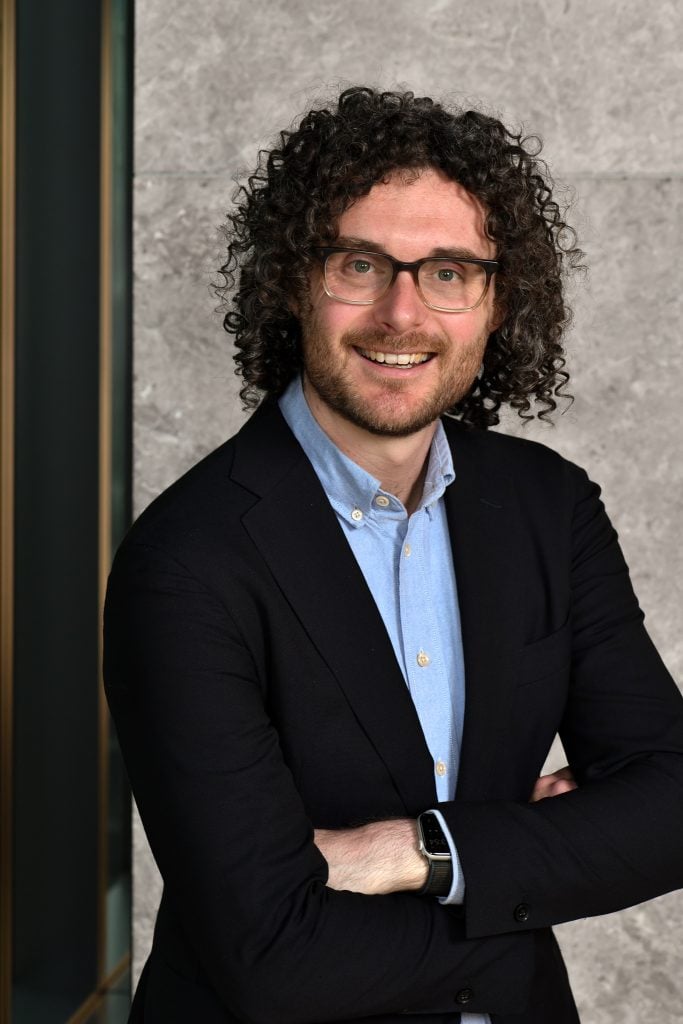How to find a PhD supervisor
8 December 2023
We’ve recently welcomed several new PhD students to CRADLE and are anticipating that more will join us during the course of 2024. Having participated in the recruitment process intensively in the past few months – including setting up and advertising particular projects, reviewing research proposals, and shepherding applications through the system – I thought it would be a good time to share some insights on what happens at Deakin, and some advice on how prospective candidates might approach the application process.
Perhaps the most important aspect is to figure out what you are interested in spending three or more years studying. Is it something you’ve been interested in for a while? Are you really passionate about a problem? Could you see yourself working in that field in the future? Once you’ve reflected on your interests, the next task is to find someone with expertise in that area to be your supervisor. At Deakin, all students require two Deakin-based supervisors, but external experts can be added to the team. Supervisors usually bring complementary expertise, and it can also be helpful to find people at different stages of their careers, since they can provide different perspectives on your work. Once you’ve figured out your dream team, it’s time to develop a research proposal.
Make your research proposal
The research proposal serves a number of purposes: it demonstrates your ability to read and synthesise existing literature, to identify problems and gaps which need addressing, your knowledge of appropriate research methods, and the quality of your writing. It also serves to spark potential supervisors’ interest in you and your work: the research will evolve as you continue to read and develop your ideas once enrolled – so it’s more of a starting point than a plan that will definitely be adhered to.
The proposal also allows potential supervisors to determine if they have sufficient expertise in your area of interest: it might be that they are working on new projects not yet published that are very much in the same area as your proposal, or alternatively, they might know someone who is better placed to supervise on that topic. At CRADLE we tend to also provide some comments on the initial proposal to see how candidates respond – being able to take on feedback comments and use them productively is crucial in academia (and indeed any work context!).
Application logistics
Once your potential supervisors have agreed to get on board with the proposed project, it then becomes much more logistical. You’ll need to make sure you are eligible to enrol in a PhD and this is mainly a matter of having appropriate past qualifications and grades, and proof thereof.
In Australia, the academic year usually commences in late February or early March – this is different to our colleagues in the Northern Hemisphere – so our main application round usually closes in October for commencement the following year. It’s important to consider the timing of your application, since scholarships are only offered in two rounds per year to competitive candidates.
CRADLE doctoral students are enrolled in the School of Education in the Faculty of Arts & Education at Deakin. This means that to apply you first have to submit an Expression of Interest. This is assessed by the School and Faculty Higher Degrees by Research co-ordinators before you are invited to submit your full application with all the paperwork. This process can take some time since there are multiple people involved and each step must be done in order. By having first approached supervisors with a proposal, you also have their support in commencing your studies, and this can be important if there are any queries along the way.
Tips
Having responded to over 30 approaches from potential students this year, here are my top tips in approaching supervisors:
- Spend some time reading the literature in the area you are interested in. Find supervisors who have recently published on that topic.
- Prepare a brief version of your research proposal to send with your initial approach to supervisors
- Introduce yourself in the email, and what is motivating you to study a PhD.
- Attach your CV, a transcript, and your previous honours/masters thesis to the email too – supervisors like something about a candidate’s background.
- If there is more than one person at a single institution that you’d like to be your supervisor, write the proposal and send it to both of them at once. Co-supervision arrangements are common, and it helps to involve everyone in the conversation at once.
- Be patient, but not too patient – sometimes emails get missed, or people are on leave – so use your judgement on when it’s appropriate to send a follow-up email if you don’t hear back for a little while.
- Expect to have some kind of discussion with your potential supervisor before they agree to support your application: this is as much about ensuring that you’ll be happy with them being your supervisor, as they want to make sure that you will be a good student.
- It can also be helpful to talk to students who are currently being or have previously been supervised by the supervisors you’re interested in, to find out their style of supervision, strengths and weaknesses.
At CRADLE, we are perpetually interested in approaches from potential students with relevant interests and the requisite previous research experiences. So, please check out our research themes, under which we have a range of topics and projects and keep an eye out for scholarship advertisements on our blog!
To close, I would note that this information is based on my personal reflections, and is not official advice. You can find much more broad ranging advice on doing doctoral studies via the ThesisWhisperer blog – e.g. How to get a Rockstar Supervisor and How to get into a PhD Program.


